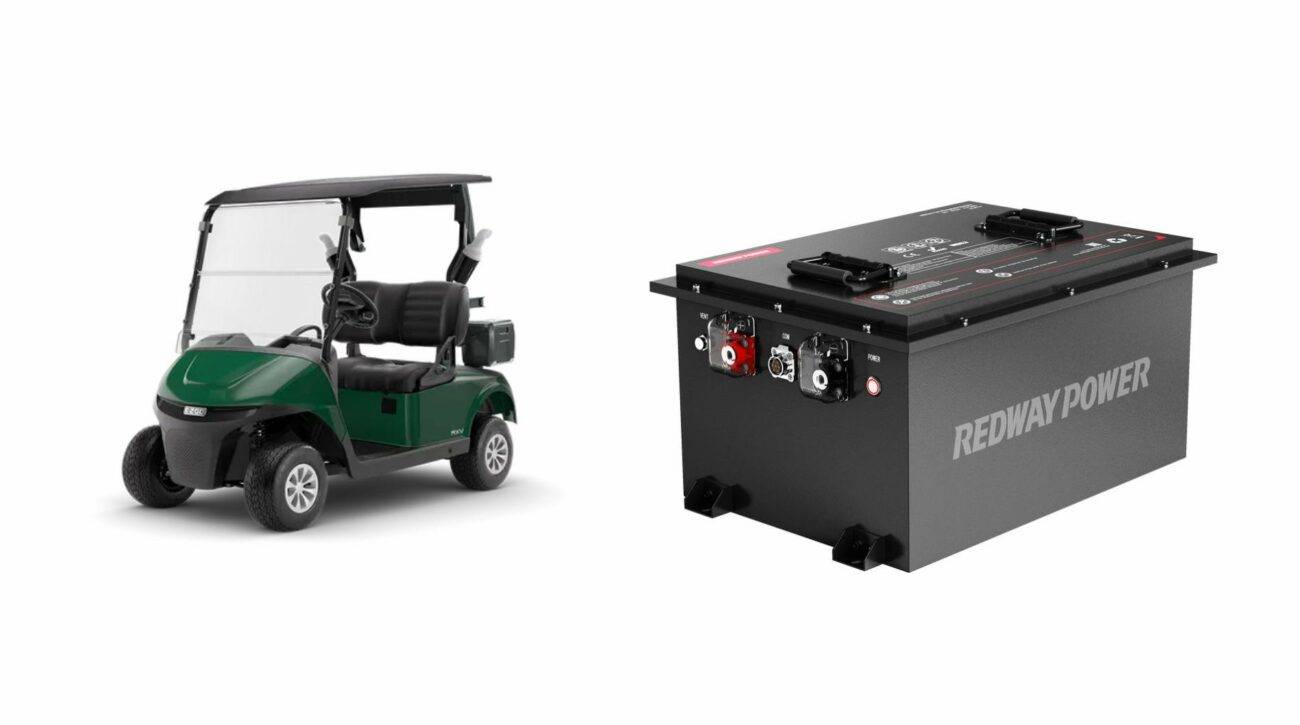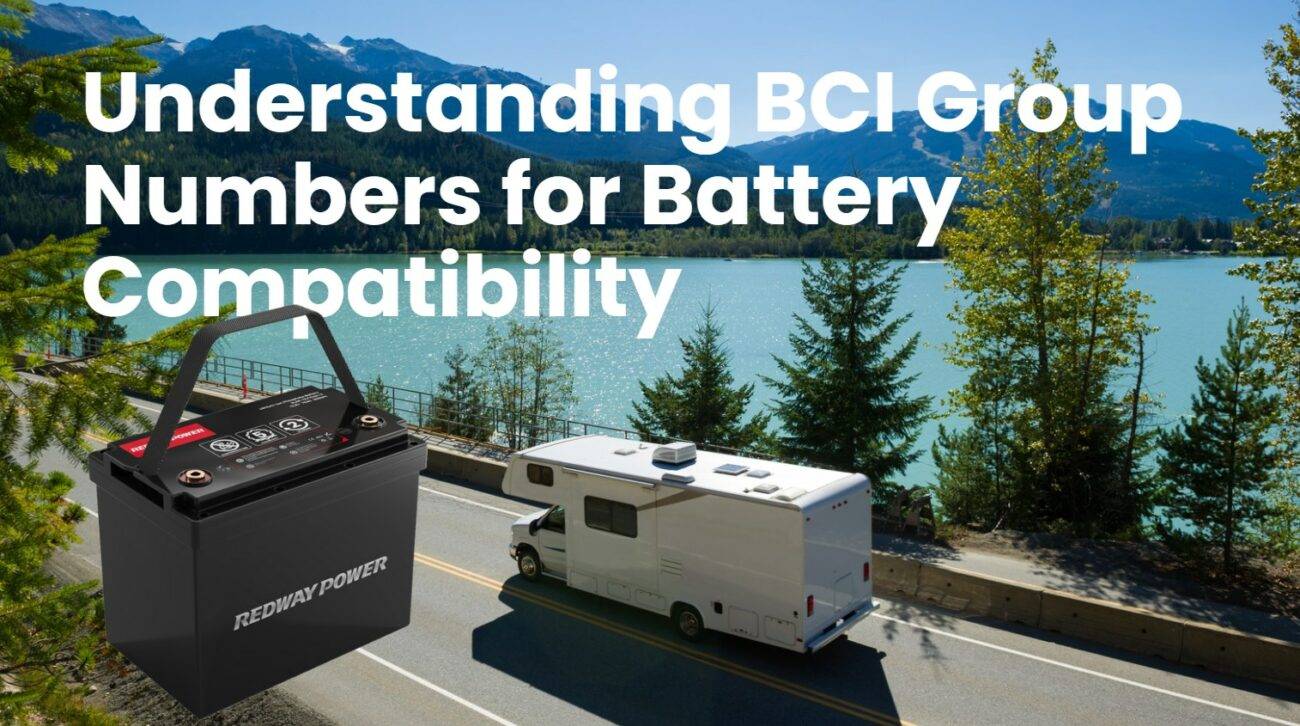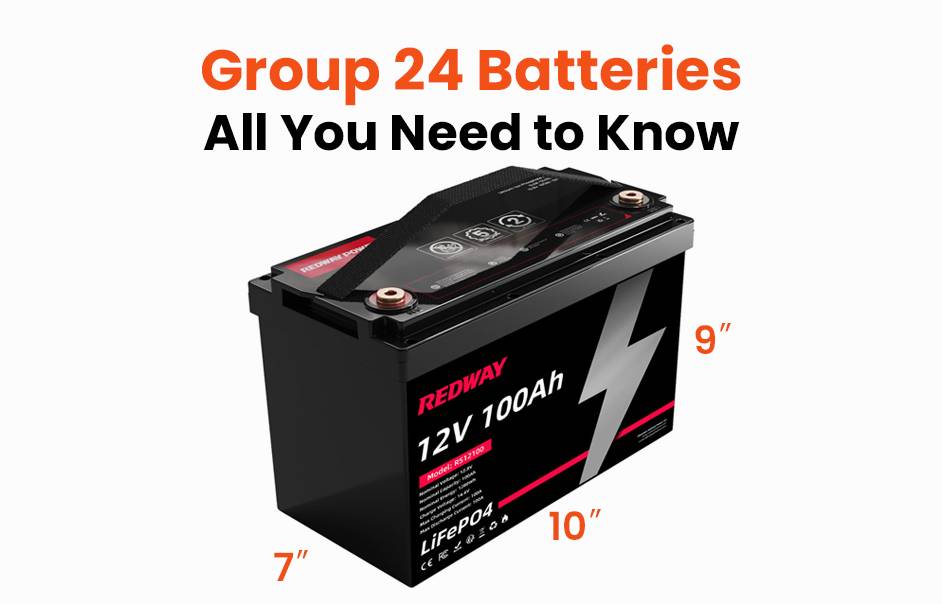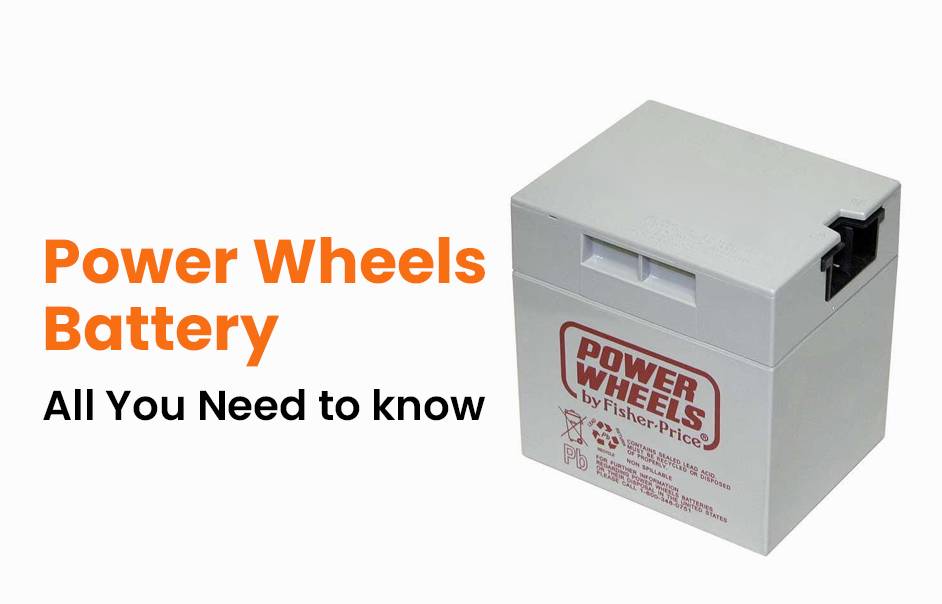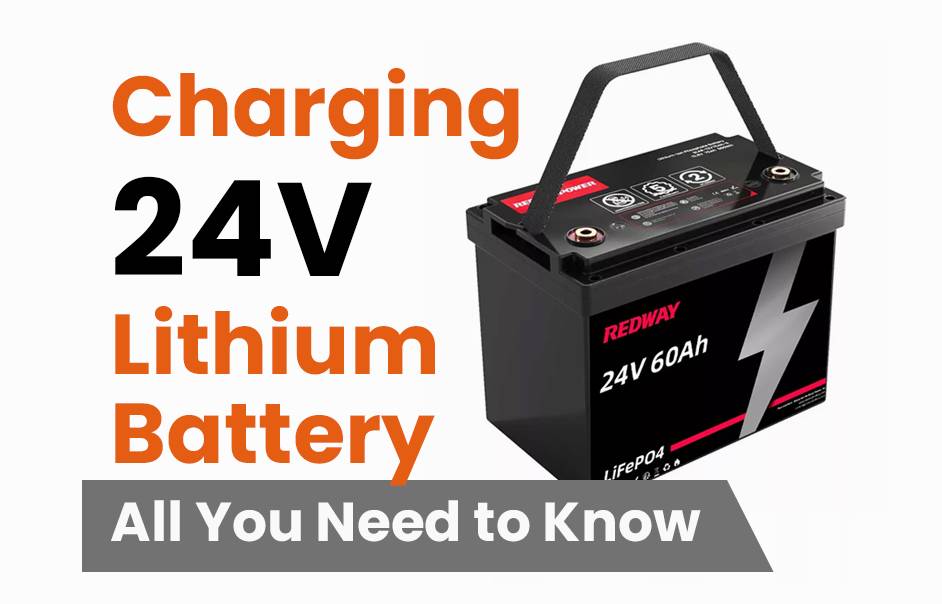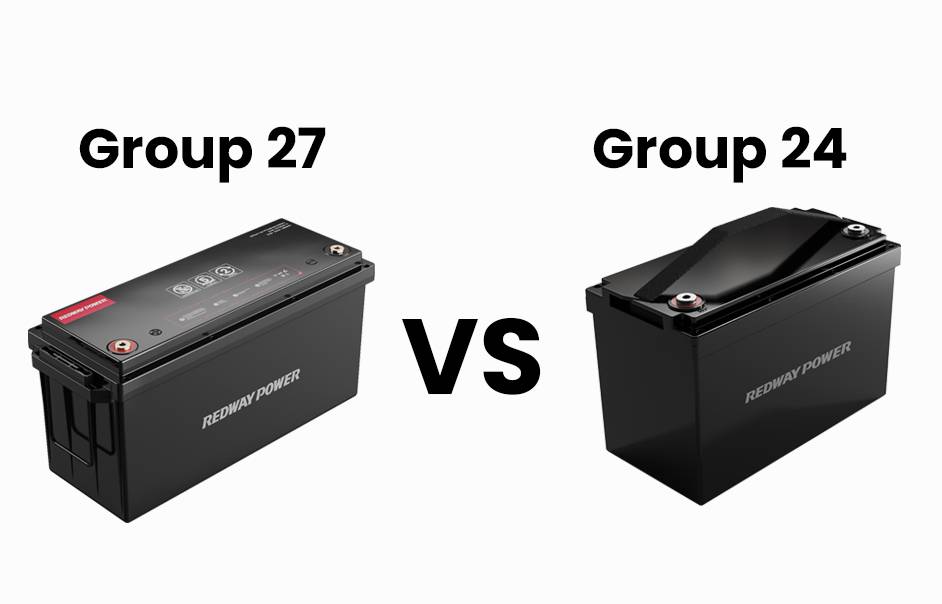- Forklift Lithium Battery
-
48V
- 48V 210Ah
- 48V 300Ah
- 48V 420Ah (949 x 349 x 569 mm)
- 48V 420Ah (950 x 421 x 450 mm)
- 48V 456Ah
- 48V 460Ah (830 x 630 x 590 mm)
- 48V 460Ah (950 x 421 x 450 mm)
- 48V 460Ah (800 x 630 x 600 mm)
- 48V 460Ah (820 x 660 x 470 mm)
- 48V 500Ah
- 48V 560Ah (810 x 630 x 600 mm)
- 48V 560Ah (950 x 592 x 450 mm)
- 48V 600Ah
- 48V 630Ah
-
48V
- Lithium Golf Cart Battery
- 12V Lithium Battery
12V 150Ah Lithium RV Battery
Bluetooth App | BCI Group 31
LiFePO4 Lithium
Discharge Temperature -20°C ~ 65°C
Fast Charger 14.6V 50A
Solar MPPT Charging - 24V Lithium Battery
- 36V Lithium Battery
- 48V Lithium Battery
-
48V LiFePO4 Battery
- 48V 50Ah
- 48V 50Ah (for Golf Carts)
- 48V 60Ah (8D)
- 48V 100Ah (8D)
- 48V 100Ah
- 48V 100Ah (Discharge 100A for Golf Carts)
- 48V 100Ah (Discharge 150A for Golf Carts)
- 48V 100Ah (Discharge 200A for Golf Carts)
- 48V 150Ah (for Golf Carts)
- 48V 160Ah (Discharge 100A for Golf Carts)
- 48V 160Ah (Discharge 160A for Golf Carts)
-
48V LiFePO4 Battery
- 60V Lithium Battery
-
60V LiFePO4 Battery
- 60V 20Ah
- 60V 30Ah
- 60V 50Ah
- 60V 50Ah (Small Size / Side Terminal)
- 60V 100Ah (for Electric Motocycle, Electric Scooter, LSV, AGV)
- 60V 100Ah (for Forklift, AGV, Electric Scooter, Sweeper)
- 60V 150Ah (E-Motocycle / E-Scooter / E-Tricycle / Tour LSV)
- 60V 200Ah (for Forklift, AGV, Electric Scooter, Sweeper)
-
60V LiFePO4 Battery
- 72V~96V Lithium Battery
- Rack-mounted Lithium Battery
- E-Bike Battery
- All-in-One Home-ESS
- Wall-mount Battery ESS
-
Home-ESS Lithium Battery PowerWall
- 24V 100Ah 2.4kWh PW24100-S PowerWall
- 48V 50Ah 2.4kWh PW4850-S PowerWall
- 48V 50Ah 2.56kWh PW5150-S PowerWall
- 48V 100Ah 5.12kWh PW51100-F PowerWall (IP65)
- 48V 100Ah 5.12kWh PW51100-S PowerWall
- 48V 100Ah 5.12kWh PW51100-H PowerWall
- 48V 200Ah 10kWh PW51200-H PowerWall
- 48V 300Ah 15kWh PW51300-H PowerWall
PowerWall 51.2V 100Ah LiFePO4 Lithium Battery
Highly popular in Asia and Eastern Europe.
CE Certification | Home-ESS -
Home-ESS Lithium Battery PowerWall
- Portable Power Stations
How to Maintain BCI Group Size Batteries for Optimal Performance?
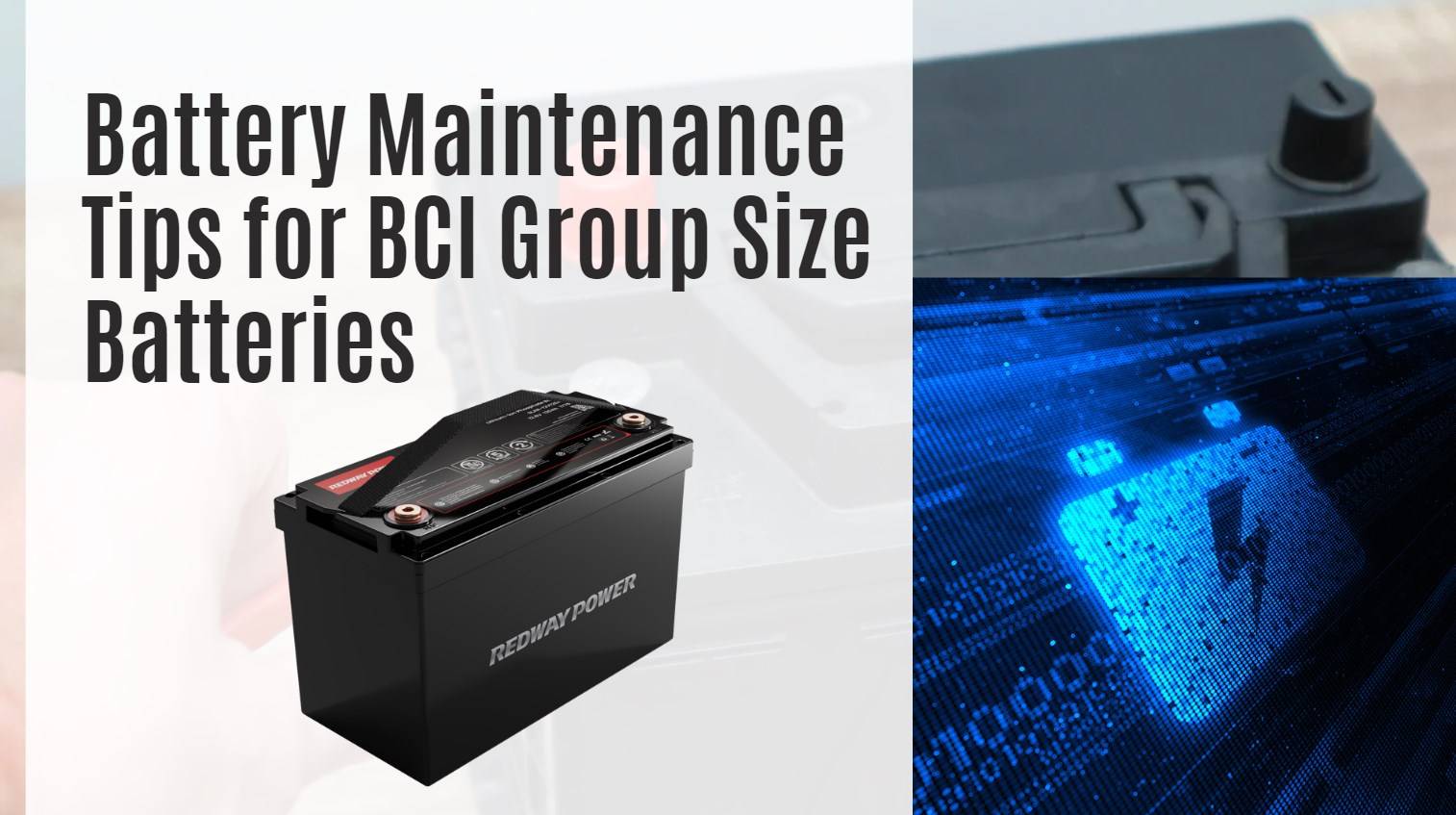
Maintaining BCI group size batteries is essential for ensuring their longevity and optimal performance. Proper care involves regular charging, cleaning, and storage practices that can significantly extend the life of these batteries, which are commonly used in various applications such as automotive and marine.
What Are BCI Group Size Batteries?
BCI (Battery Council International) group size batteries are standardized battery sizes defined by their physical dimensions and terminal configurations. These batteries are widely used in vehicles, including cars, trucks, and boats, where specific power requirements must be met. Understanding the group size helps in selecting the right battery for your needs.Chart: Common BCI Group Sizes
| BCI Group Size | Dimensions (L x W x H in inches) | Typical Use |
|---|---|---|
| 24 | 10.25 x 6.75 x 9.00 | Cars |
| 27 | 12.00 x 6.75 x 9.00 | Trucks |
| 31 | 12.00 x 6.75 x 9.50 | RVs & Marine |
How Can You Properly Charge BCI Group Size Batteries?
Proper charging is crucial for maintaining battery health. Here are some tips:
- Use the Right Charger: Ensure that your charger is compatible with the battery type (lead-acid, AGM, etc.).
- Follow Manufacturer Guidelines: Adhere to the recommended voltage and current settings.
- Avoid Overcharging: Monitor charging times to prevent overheating and damage.
Regularly checking the charge level can help you maintain optimal performance.
Why Is Regular Maintenance Important for Battery Longevity?
Regular maintenance is vital because it helps prevent issues such as sulfation, corrosion, and capacity loss over time. By routinely checking and maintaining your batteries, you can ensure they operate efficiently and last longer.Chart: Benefits of Regular Battery Maintenance
| Benefit | Description |
|---|---|
| Increased Lifespan | Regular care extends battery life |
| Improved Performance | Well-maintained batteries perform better under load |
| Reduced Risk of Failure | Preventative measures minimize unexpected failures |
What Are the Best Practices for Cleaning BCI Group Size Batteries?
Cleaning your batteries is essential to prevent corrosion and maintain connectivity:
- Disconnect the Battery: Always disconnect before cleaning.
- Use a Baking Soda Solution: Mix baking soda with water to neutralize acid corrosion.
- Clean Terminals: Use a wire brush or terminal cleaner to remove corrosion from terminals.
After cleaning, ensure that the terminals are dry before reconnecting.
How Do You Store BCI Group Size Batteries Correctly?
Proper storage can significantly impact battery performance:
- Store in a Cool, Dry Place: Avoid extreme temperatures that can damage batteries.
- Maintain a Charge Level: Keep batteries charged at around 50% to prevent sulfation.
- Check Periodically: Inspect stored batteries every few months for signs of deterioration.
Following these guidelines ensures that your batteries remain in good condition during storage.
What Signs Indicate a Battery Needs Replacement?
Recognizing when a battery needs replacement is crucial:
- Slow Engine Crank: Difficulty starting indicates reduced power.
- Swelling or Leaking: Physical deformities or leaks suggest internal damage.
- Corrosion on Terminals: Excessive corrosion can lead to poor connectivity.
If you notice any of these signs, consider replacing the battery promptly.
Industrial News
Recent developments in battery technology have focused on enhancing the efficiency and sustainability of lead-acid and lithium-ion batteries used in various applications, including automotive and renewable energy systems. Innovations such as advanced recycling techniques and improved charging technologies are being implemented to extend battery life while minimizing environmental impact. Regulatory bodies are also emphasizing safety standards to ensure consumer protection as electric vehicle adoption increases.
Redway Power Views
Proper maintenance of BCI group size batteries is often overlooked but is critical for optimal performance,” states an expert from Redway Power. “By following best practices in charging, cleaning, and storage, users can significantly enhance their battery lifespan while ensuring reliability in their applications.”
FAQ about BCI Group Size Battery Maintenance
Q: How often should I check my battery?
A: It’s advisable to check your battery at least once a month for charge levels and physical condition.Q: Can I use any charger for my BCI battery?
A: No, always use a charger compatible with your specific battery type to avoid damage.Q: How long do BCI group size batteries typically last?
A: With proper maintenance, these batteries can last anywhere from 3 to 5 years or more.
What is the proper maintenance of a battery?
Proper maintenance of a battery is essential to ensure optimal performance and longevity. The first step in maintaining a battery is to regularly inspect it for any signs of damage or corrosion. Check the terminals and cables for any buildup that could affect the connection.
Next, make sure to keep the battery clean by wiping off any dirt or grime with a damp cloth. This will help prevent unwanted debris from causing issues with the battery’s functionality. Additionally, store your batteries in a cool, dry place away from extreme temperatures.
It’s also important to avoid overcharging or completely draining your batteries, as this can lead to damage and reduce their lifespan. Regularly testing the voltage of your batteries can help you monitor their health and address any concerns promptly.
By following these simple maintenance practices, you can ensure that your batteries operate efficiently and reliably when you need them most.
Also read: BCI Battery Group Size Chart (Group 24, 27, 31, etc)
What five steps are done during battery maintenance?
When it comes to maintaining your battery, there are five essential steps you should follow. Regularly inspect the battery for any signs of corrosion or leaks. Clean the terminals and cable connections using a mixture of baking soda and water if needed.
Next, ensure that the battery is securely mounted in place to prevent vibrations while driving. Loose batteries can lead to damage and premature wear. It’s also crucial to check the electrolyte levels in flooded batteries and top them off with distilled water as necessary.
Additionally, keep an eye on the charging system voltage to make sure it’s within the manufacturer’s recommended range. Overcharging or undercharging can impact the battery’s lifespan significantly. Consider investing in a battery maintainer for long periods of storage to preserve its health over time.
By following these steps diligently, you can prolong your battery’s life and reduce unexpected breakdowns on the road.
How often should I add water to a deep cycle battery?
Maintaining a deep cycle battery is essential for its longevity and optimal performance. One key aspect of upkeep is monitoring the water levels within the battery cells. Depending on usage, it’s recommended to check and add distilled water to your deep cycle battery every 3-6 months.
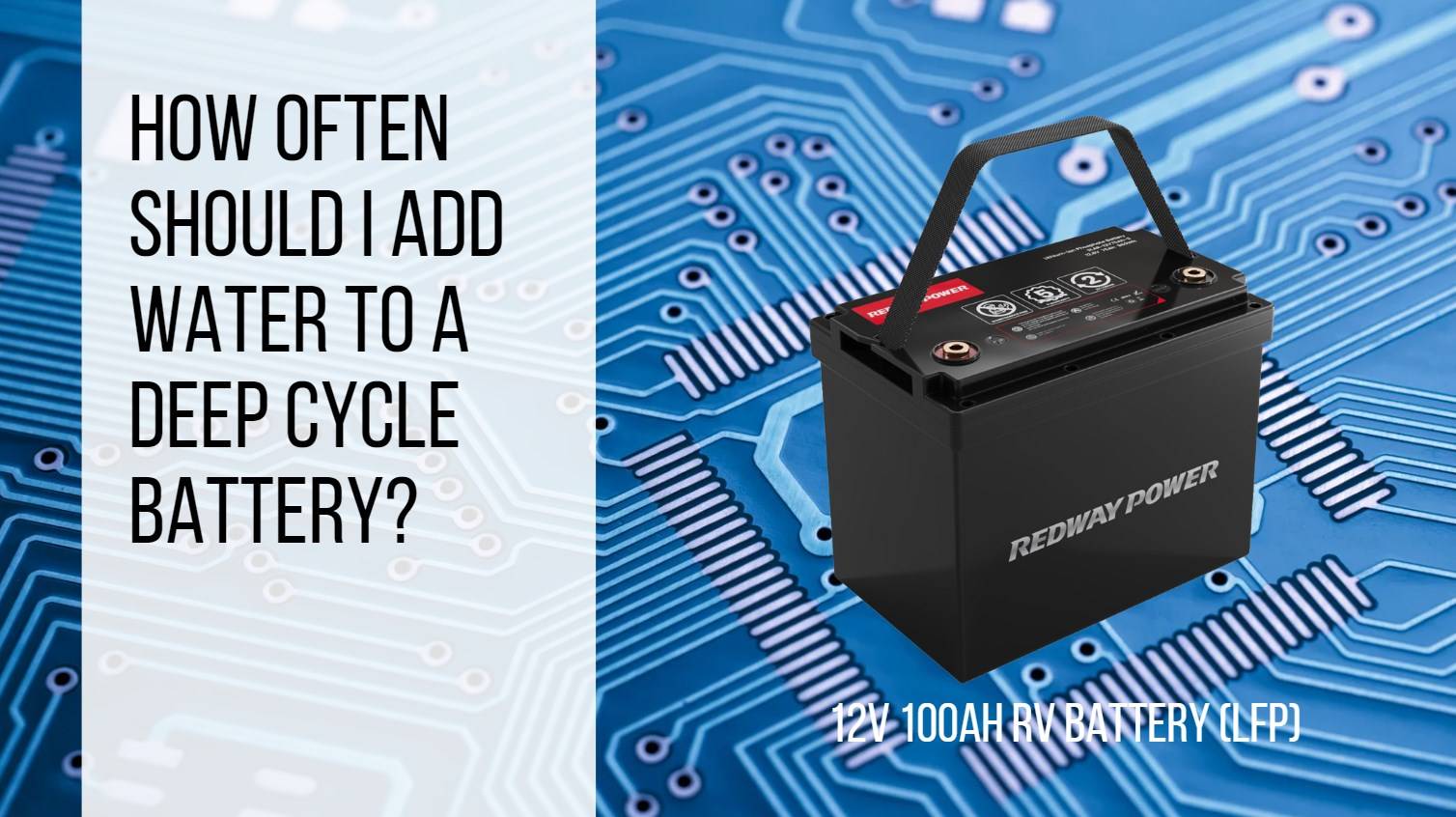
Regularly inspecting the water level ensures that the plates inside the battery remain covered, preventing damage from exposure or sulfation. Over time, as the battery undergoes charging and discharging cycles, some of the water evaporates, leading to decreased electrolyte levels.
Adding distilled water is crucial in maintaining proper electrolyte concentration for efficient electrical conductivity within the battery. It’s important not to overfill each cell with water; filling just above the plates’ tops is sufficient for optimal functioning.
By incorporating this simple maintenance routine into your schedule, you can prolong your deep cycle battery’s lifespan and enjoy uninterrupted power supply when needed most.
How do I keep my AGM battery healthy?
AGM batteries, also known as Absorbent Glass Mat batteries, are a popular choice for many applications due to their durability and maintenance-free design. To keep your AGM battery healthy and ensure optimal performance, there are a few key steps you can take.
It is essential to regularly monitor the charging levels of your AGM battery. Overcharging or undercharging can significantly reduce its lifespan. Invest in a quality smart charger that is compatible with AGM batteries to maintain the proper charge levels.
Ensure that your AGM battery is stored in a cool and dry environment. Extreme temperatures can negatively impact its performance and longevity. Avoid exposing the battery to excessive heat or cold conditions.
Periodically check the terminals of your AGM battery for any corrosion build-up. Clean them using a mixture of baking soda and water to prevent poor connections and ensure efficient power flow. Regular maintenance will help extend the life of your AGM battery and maximize its reliability when you need it most.
How do you maintain a low maintenance battery?
Maintaining a low maintenance battery is all about regular checks and preventive measures. Start by keeping the terminals clean to ensure a good connection between the battery and the vehicle’s electrical system. This can prevent issues like corrosion which can affect performance.
Another key aspect is monitoring the battery’s charge level regularly, especially during extreme weather conditions. Extreme temperatures can impact a battery’s lifespan, so it’s important to keep an eye on it.
Additionally, avoiding deep discharges whenever possible can help prolong the life of your low maintenance battery. Deep discharges put more strain on the battery and reduce its overall longevity.
Following the manufacturer’s guidelines for charging and storage is crucial in maintaining a healthy low maintenance battery. By adhering to these tips, you can ensure that your low maintenance battery stays in peak condition for longer periods of time.
What type of battery requires the least maintenance?
When it comes to batteries that require minimal maintenance, AGM (Absorbent Glass Mat) batteries are among the top contenders. These batteries are sealed and do not require adding water regularly like traditional flooded lead-acid batteries. With their advanced design, AGM batteries are virtually maintenance-free, making them a convenient choice for many applications.
Due to their construction, AGM batteries have a longer lifespan compared to other types of batteries. This means less frequent replacements and less hassle with battery upkeep. The sealed design also eliminates the risk of acid spills or leaks commonly associated with traditional lead-acid batteries.
AGM technology provides excellent resistance to vibration and shock, making these batteries ideal for use in vehicles or off-grid energy systems where durability is crucial. Additionally, AGM batteries charge up quickly and efficiently, requiring minimal monitoring during charging cycles.
If you’re looking for a hassle-free battery option that offers reliable performance and longevity without the need for regular maintenance, an AGM battery is definitely worth considering.
What kind of water to use in a battery?
When it comes to maintaining your battery, remember that regular upkeep is key to ensuring optimal performance and longevity. By following these maintenance tips for BCI Group Size Batteries, you can help extend the life of your battery and avoid unexpected issues down the road.
So, what kind of water should you use in a battery? Always use distilled water when adding water to your battery cells. Avoid using tap water or mineral-rich water as they can contain impurities that may harm your battery’s performance. Keeping your battery topped up with distilled water will help maintain proper electrolyte levels and ensure efficient operation.
By taking good care of your battery through regular maintenance practices, you can maximize its lifespan and keep it running smoothly for years to come. Remember, a well-maintained battery is a reliable one!














